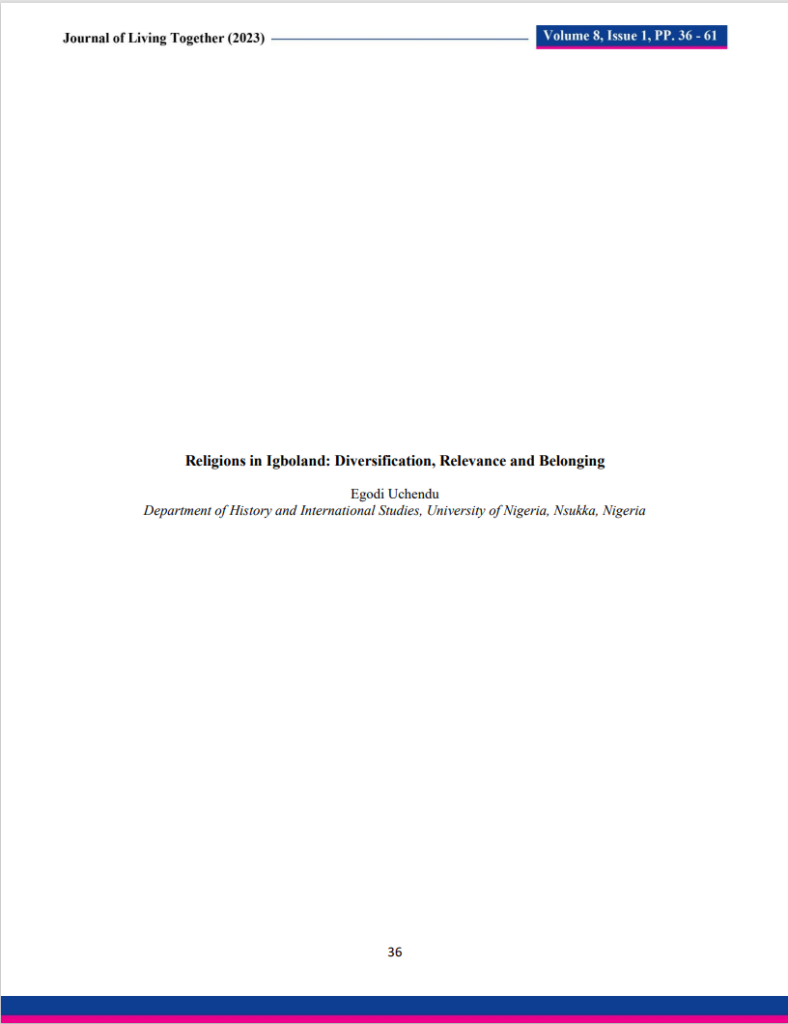2017 International Conference on Ethnic and Religious Conflict Resolution and Peacebuilding

Conference Synopsis
Contrary to the popular belief that conflict, violence, and war are biologically and intrinsically part of the human nature, history teaches us that at different times and places human beings, irrespective of their faith, ethnicity, race, ideology, social class, age and gender, have always created innovative ways of living together in peace and harmony both as individuals and as groups. While some of the approaches for peaceful coexistence are developed by individuals, a greater part is inspired by and collectively learned from the rich teachings inherent in the different domains of our social systems – family, culture, religion, education, and socio-political system.
The positive values embedded in the fabrics of our societies are not only learned by the members of the society, most importantly, they are commonly utilized to build bridges of peace and harmony, resulting in the prevention of conflict. When conflict emerges, however, individuals and groups with existing bridges of peace and harmony, prior healthy relationships, and a willingness to collaborate can deal with their conflict and find a mutually satisfactory solution to the issues in conflict through a collaborative, win-win, or integrative approach.
Similarly, and against the proposition that societies divided along ethnic, racial, religious or sectarian lines are inevitably prone to chaos and violent conflict, or that relationships involving people of different ethnicities, races, and faiths are susceptible to eternal conflict and failure, a careful study of these societies and relationships reveals, confirms and supports the scientific assertion about the magnetic force of attraction which states that magnets are attracted by their opposite poles – the north (N) and south (S) poles – just as the positive (+) and negative (−) electrical charges attract each other to produce light.
However, most skeptics and pessimists who doubt the possibility of living together in peace and harmony in ethnically, racially, or religiously divided societies and countries may cite the numerous examples of cultural misunderstanding, discrimination, segregation, racism, bigotry, conflict, hate crime, violence, war, terrorism, mass murder, ethnic cleansing, and even genocide that have occurred in the past and are currently occurring in many polarized countries around the world. Thus, and in scientific terms, human beings have been regrettably presented with a false assumption that opposite poles repel each other and only like poles attract each other.
This assumption which is currently spreading in many countries around the world is dangerous. It leads to the dehumanization of the “other”. Therefore, it needs to be corrected immediately before it is too late.
The 4th Annual International Conference on Ethnic and Religious Conflict Resolution and Peacebuilding seeks to inspire and coordinate a global effort to humanize humanity by providing a platform and an opportunity for a pluridisciplinary, scholarly, and meaningful discussion on how to live together in peace and harmony, especially in ethnically, racially, or religiously divided societies and countries. Through this pluridisciplinary scholarly encounter, the conference hopes to stimulate inquiries and research studies that draw on knowledge, expertise, methods, and findings from multiple disciplines to address a broad range of problems that inhibit the ability of humans to live together in peace and harmony in different societies and countries, and at different times and in different or similar situations.
Interested researchers, theorists, and practitioners from any fields of study, including the natural sciences, social sciences, behavioral sciences, applied sciences, health sciences, humanities and arts, and so on, are encouraged to submit abstracts and / or full papers for presentation at the conference.
Activities and Structure
- Presentations – Keynote speeches, distinguished speeches (insights from the experts), and panel discussions – by invited speakers and authors of accepted papers. The conference program and schedule for presentations will be published here on or before October 18, 2017. We apologize for the delay.
- Theatrical and Dramatic Presentations – Performances of musicals/concert, plays, and choreographic presentation.
- Poetry – poem recitations.
- Exhibition of Works of Arts – Artistic works that portray the idea of living together in peace and harmony in different societies and countries, including the following types of arts: fine art (drawing, painting, sculpture and printmaking), visual art, performances, crafts, and fashion show.
- “Pray for Peace”– Pray for Peace” is a multi-faith, multi-ethnic, and multi-national prayer for global peace developed by ICERM to help bridge tribal, ethnic, racial, religious, sectarian, cultural, ideological and philosophical divide, and to help promote a culture of peace around the world. The “Pray for Peace” event will conclude the 4th annual international conference and shall be co-officiated by religious leaders of all faiths and traditions present at the conference.
- ICERM Honorary Award Dinner – As a regular course of practice, ICERM gives honorary awards each year to nominated and selected individuals, groups and/or organizations in recognition for their extraordinary achievements in any areas related to the mission of the organization and the theme of the annual conference.
Anticipated Outcomes and Benchmarks for Success
Outcomes/Impact:
- A pluridisciplinary understanding on how to live together in peace and harmony in ethnically, racially, or religiously divided societies and countries.
- Lessons learned, success stories and best practices will be harnessed.
- Publication of the conference proceedings in the Journal of Living Together to provide resources and support to the work of researchers, policymakers and conflict resolution practitioners.
- Digital video documentation of selected aspects of the conference for future production of a documentary.
- Launching of the Bridge Builders Fellowship Program. At the end of this fellowship, ICERM Bridge Builders will be commissioned to start the Living Together Movement in their various schools, communities, cities, states or provinces and countries. The Bridge Builders are peace advocates who recognize the same humanity in all peoples and are passionate about closing the gap and building bridges of peace, love and harmony between, among and within different races, ethnicities, religions or faiths, political views, genders, generations and nationalities, in order to promote a culture of respect, tolerance, acceptance, understanding, peace and harmony in the world.
- Launching of the Living Together Retreat. The Living Together Retreat is a specialized retreat program organized primarily for mixed married couples and young people who are preparing for mixed marriages such as inter-racial marriage, inter-ethnic marriage, inter-cultural marriage, inter-religious marriage, interfaith marriage, international marriage, as well as marriages involving people with differing philosophical, political, humanistic or spiritual ideologies. This retreat is also good for couples within the diaspora and immigrant communities, especially those who went or wish to go back to their home countries to marry.
We will measure attitude changes and increased knowledge via pre and post session tests and conference evaluations. We will measure process objectives through collection of data re: nos. participating; groups represented – number and type -, completion of post-conference activities and by achieving the benchmarks below leading to success.
Benchmarks:
- Confirm Presenters
- Register 400 persons
- Confirm Funders & Sponsors
- Hold Conference
- Publish Findings
- Implement and monitor conference outcomes
Proposed Time-Frame for Activities
- Planning starts after the 3rd Annual Conference by December 5, 2016.
- 2017 Conference Committee appointed by December 5, 2016.
- Committee convenes meetings monthly from January 2017.
- Call for Papers released by January 13, 2017.
- Program & activities developed by February 18, 2017.
- Promotion & Marketing starts by February 20, 2017.
- Updated Abstract Submission Deadline is Monday, July 31, 2017.
- Selected abstracts for presentation notified by Friday, August 4, 2017.
- Full paper submission deadline: Saturday, September 30, 2017.
- Research, Workshop & Plenary Session Presenters confirmed by August 18, 2017.
- Pre-conference registration closed by September 30, 2017.
- Hold 2017 Conference: “Living Together in Peace and Harmony” Tuesday, October 31 – Thursday, November 2, 2017.
- Edit Conference Videos and Release them by December 18, 2018.
- Conference Proceedings edited and Post-Conference Publication – Special Issue of the Journal of Living Together published by April 18, 2018.
Download Conference Program

Conference Participants
From October 31 to November 2, 2017, delegates from many countries around the world gathered in New York City for the 2017 Annual International Conference on Ethnic and Religious Conflict Resolution and Peacebuilding. The theme of the conference was “Living Together in Peace and Harmony.” Among the conference participants were university/college professors, researchers and scholars in the field of conflict analysis and resolution, and related fields of study, as well as practitioners, policy makers, students, civil society organizations, religious/faith leaders, business leaders, indigenous and community leaders, United Nations officers, and law enforcement officials. The conference participants agreed that our world is moving in the wrong direction. From the threats of nuclear weapons to terrorism, from interethnic and inter-racial violence to civil wars, from hate speeches to violent extremism, we are living in a world that needs conflict prevention, conflict resolution, and peacebuilding experts to speak up for our children and advocate for a return to a civic relationship that is based on the responsibilities to protect our planet, to create equal opportunity for all, and to live together in peace and harmony. Participants who want to order printed copies of their photos should visit this website: 2017 Annual International Conference Photos.

